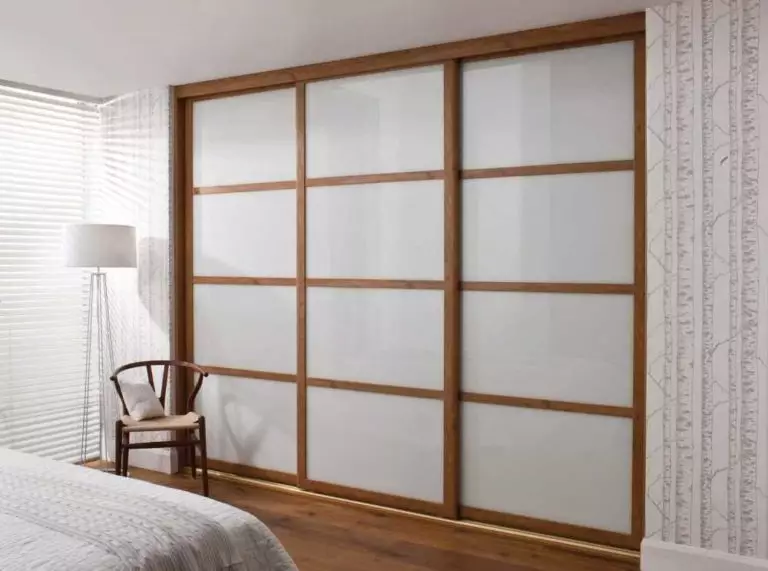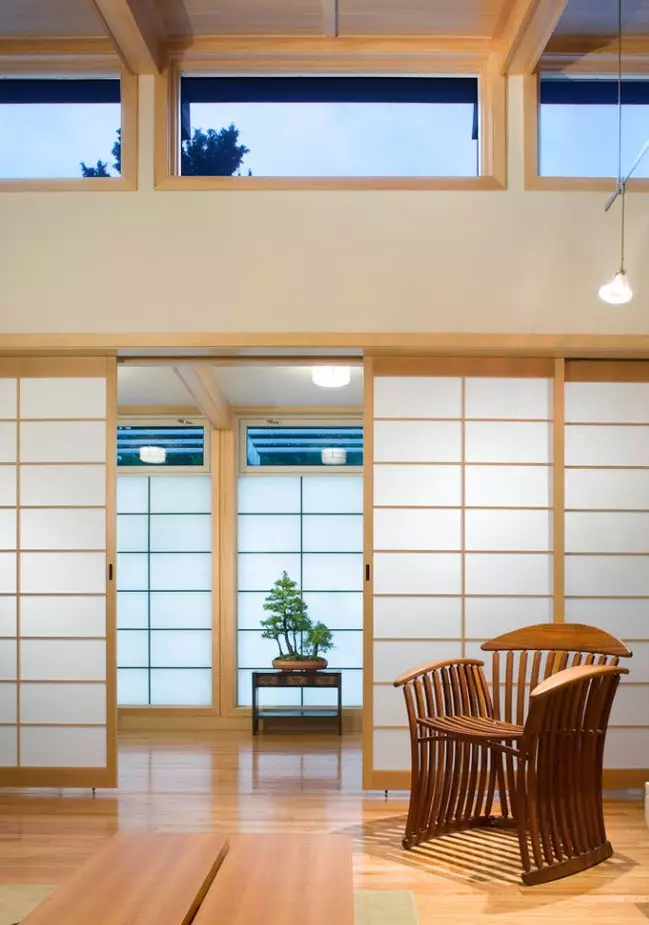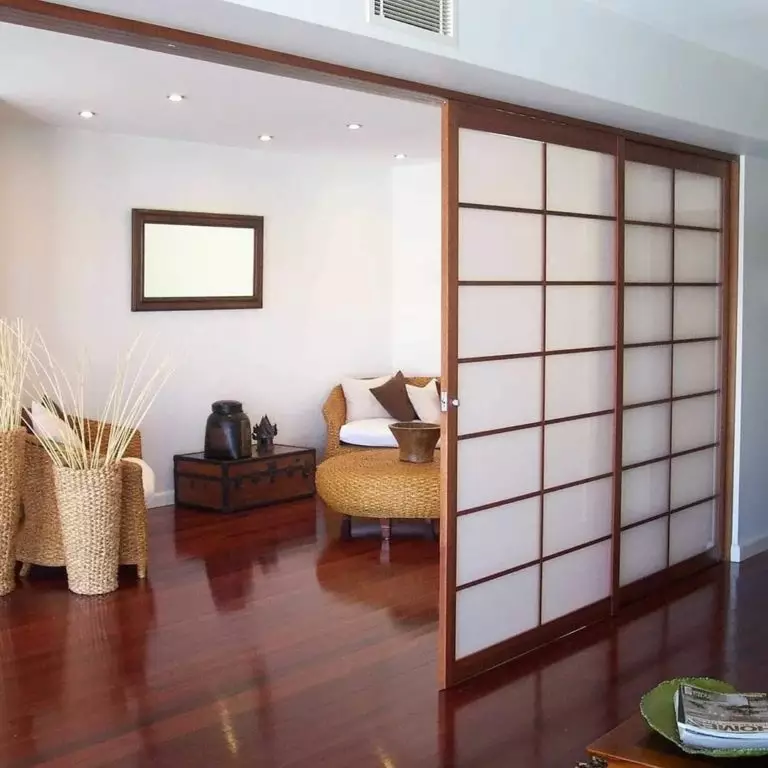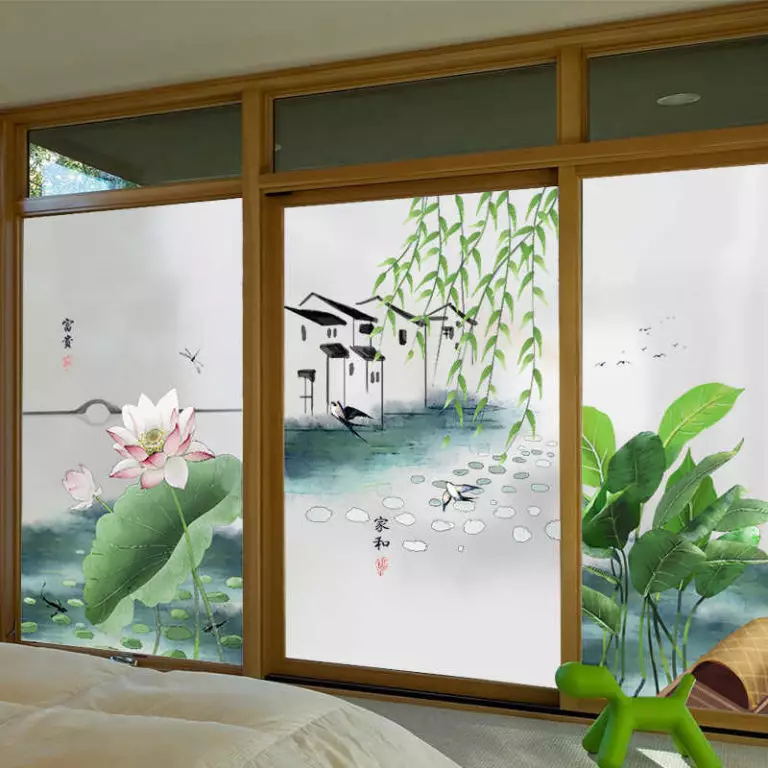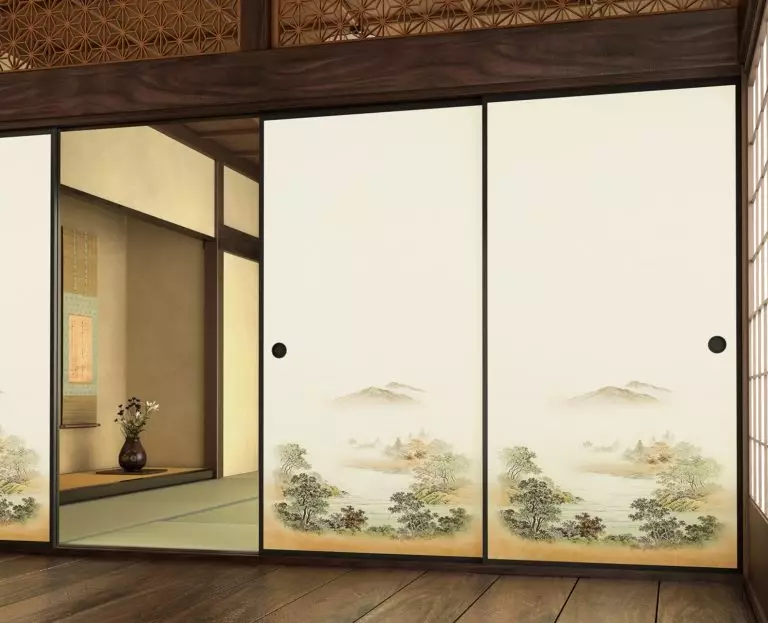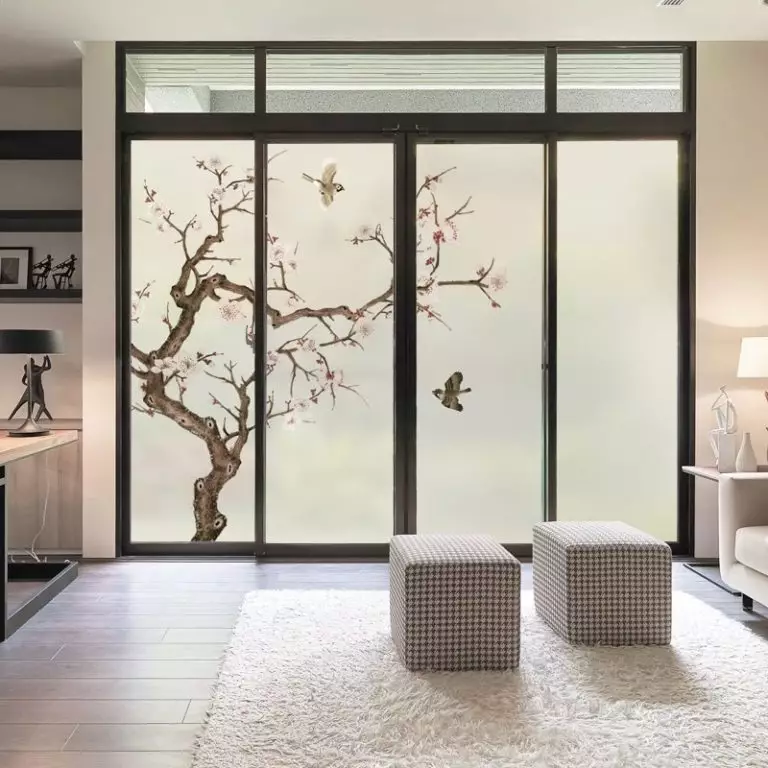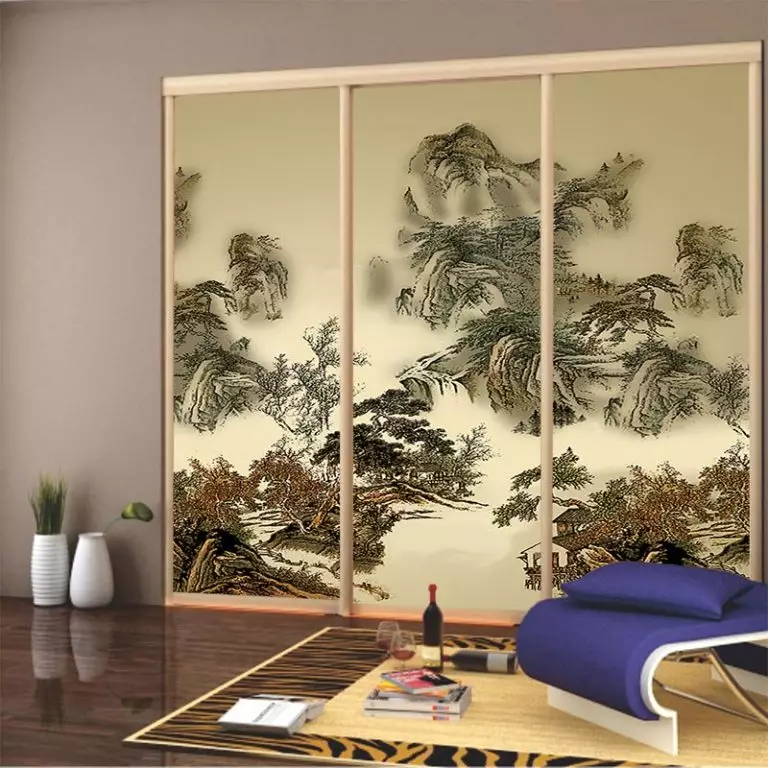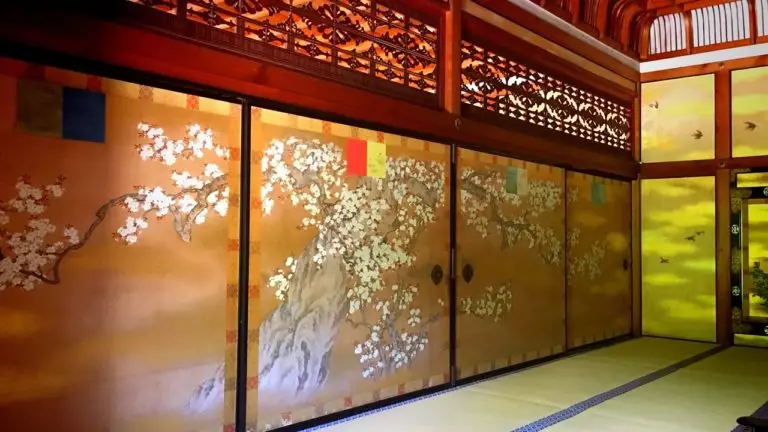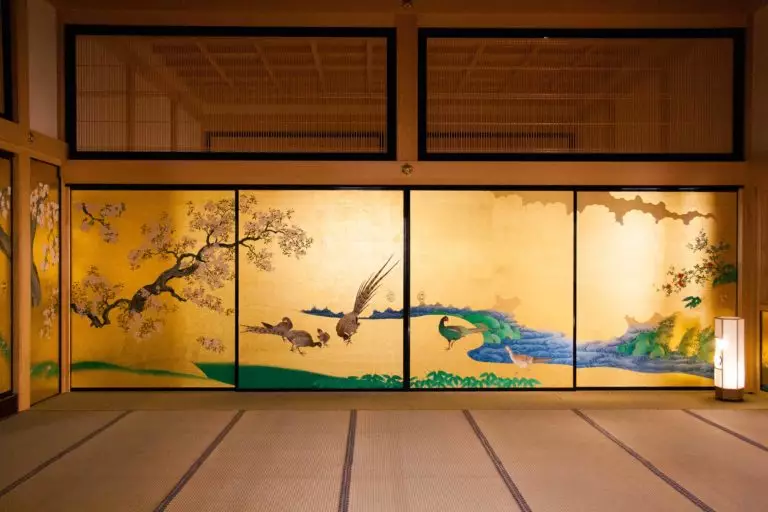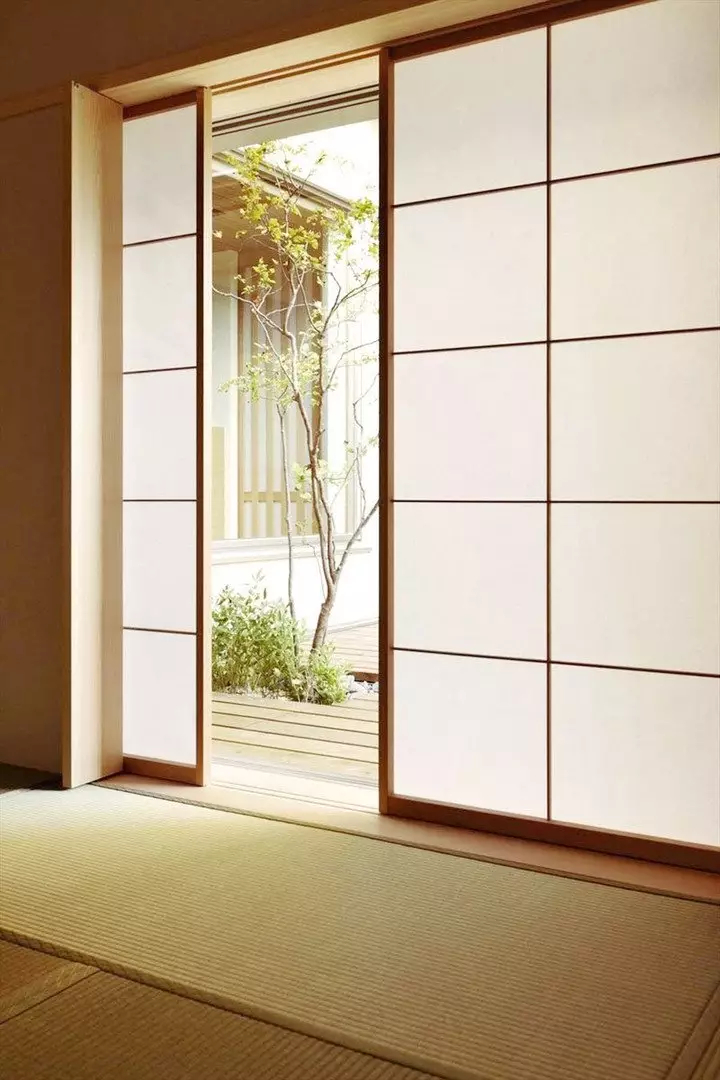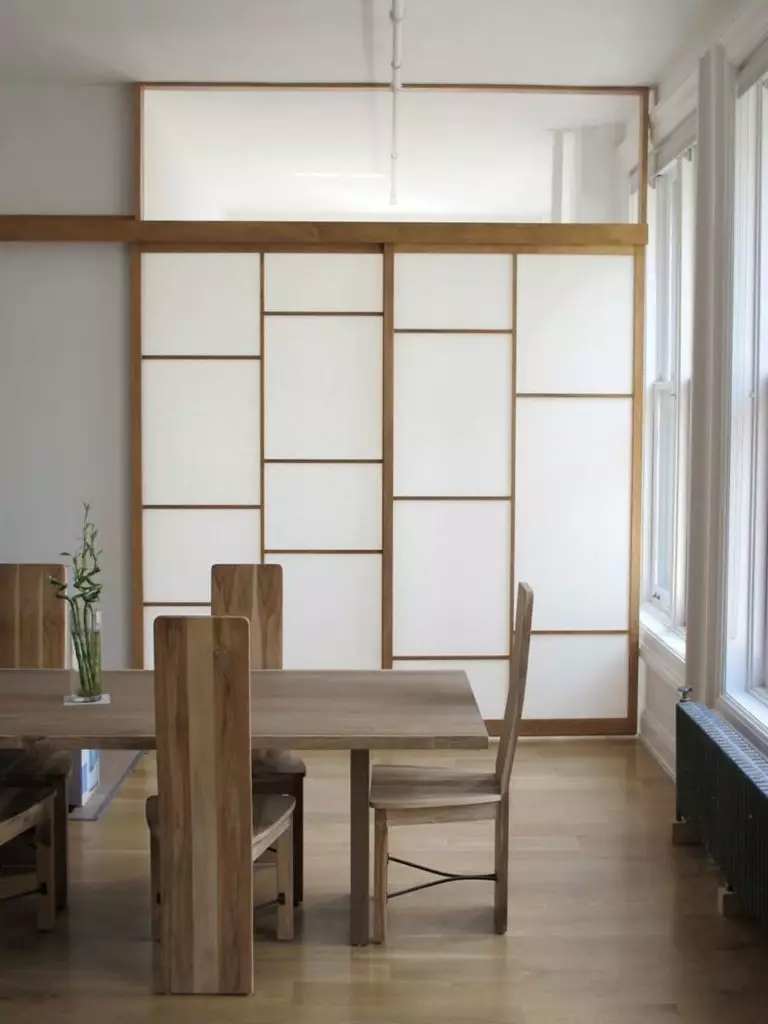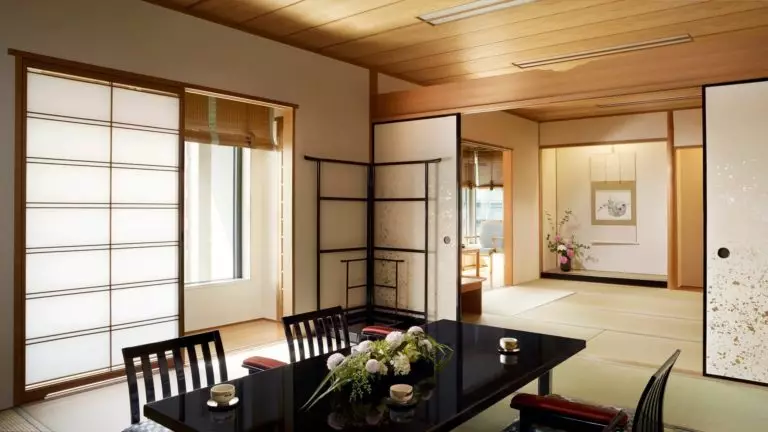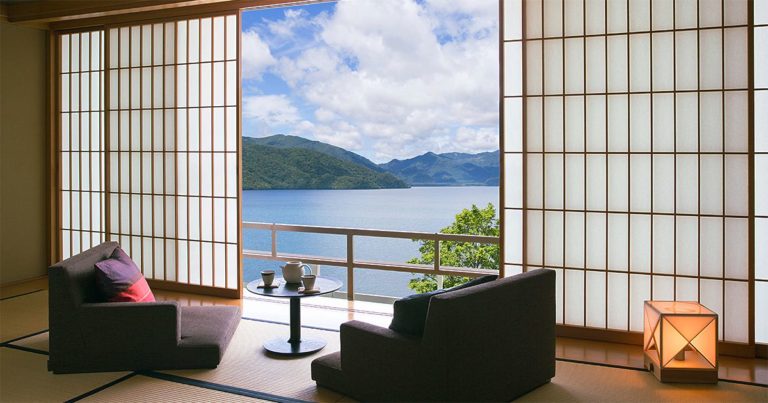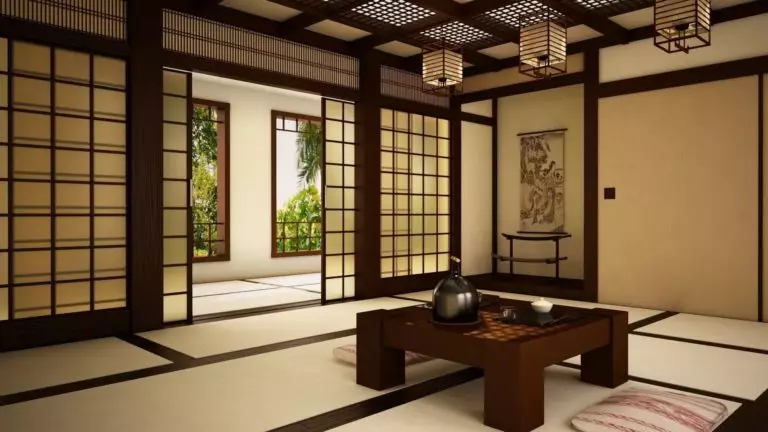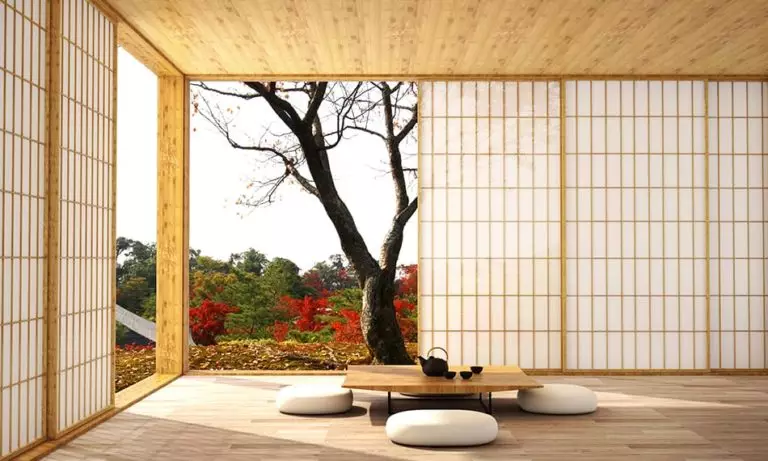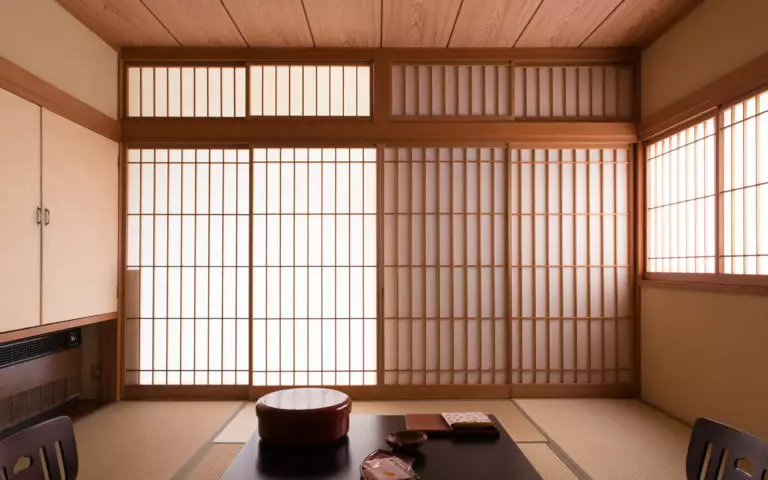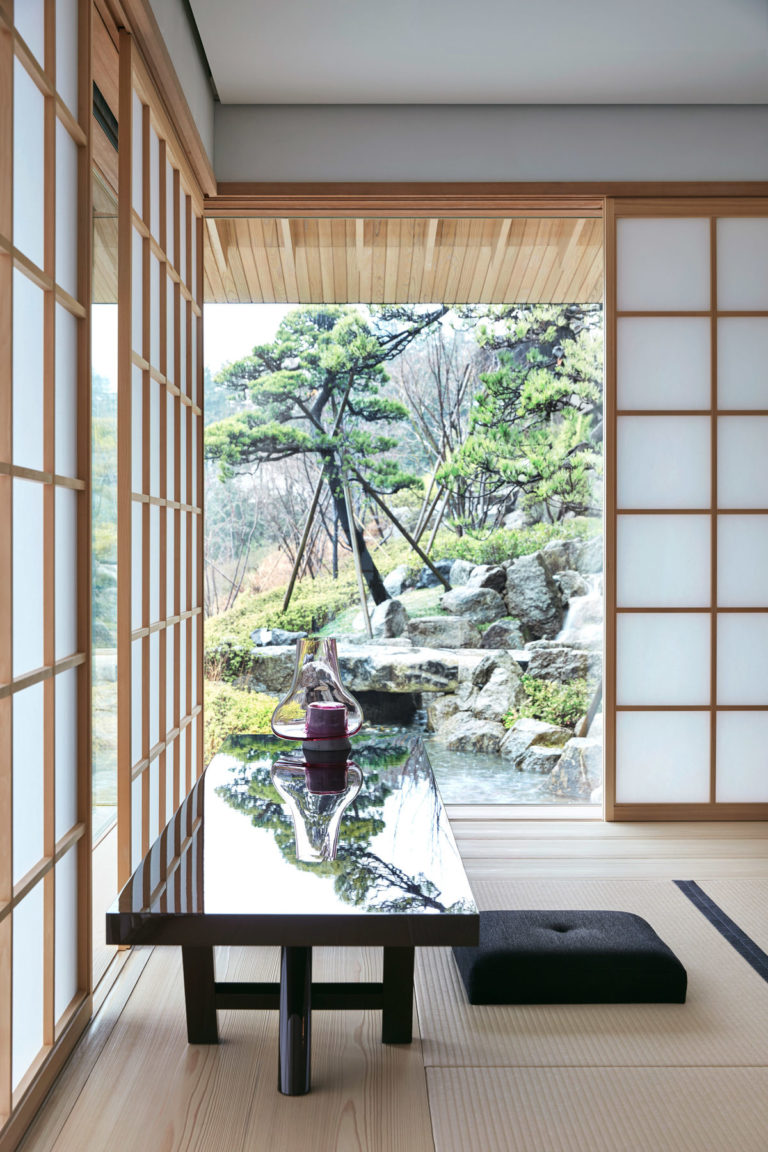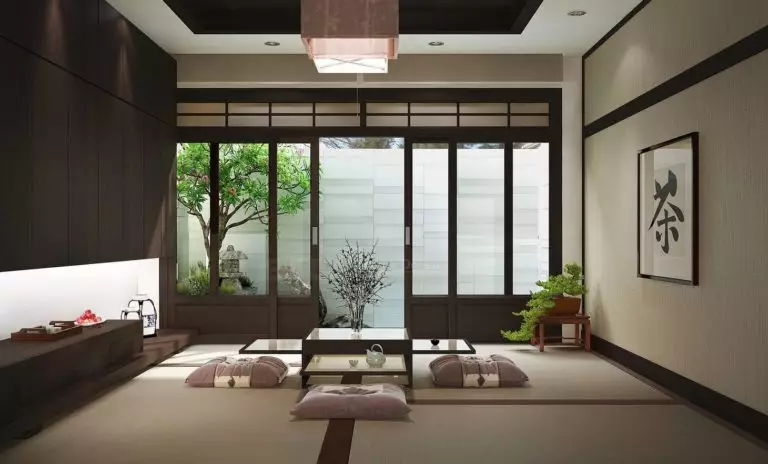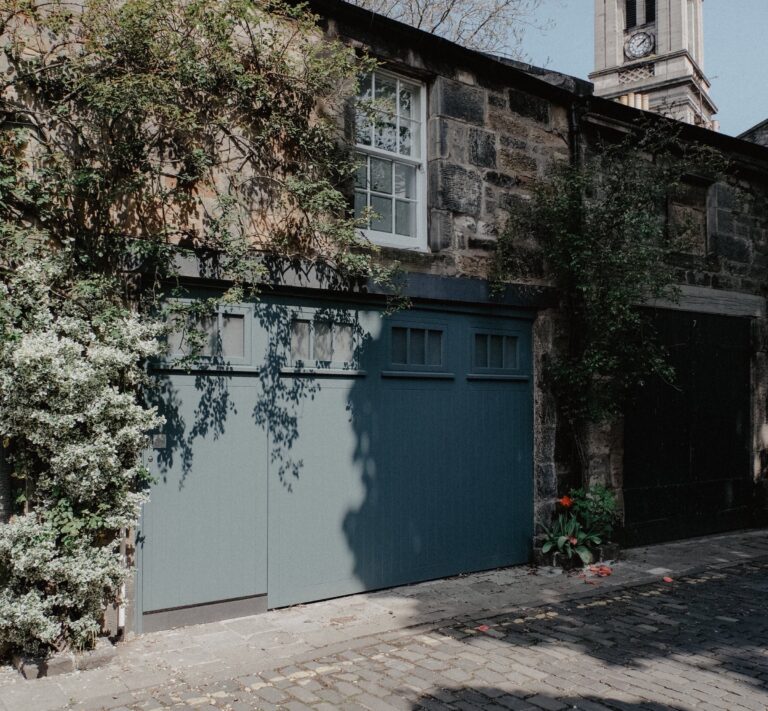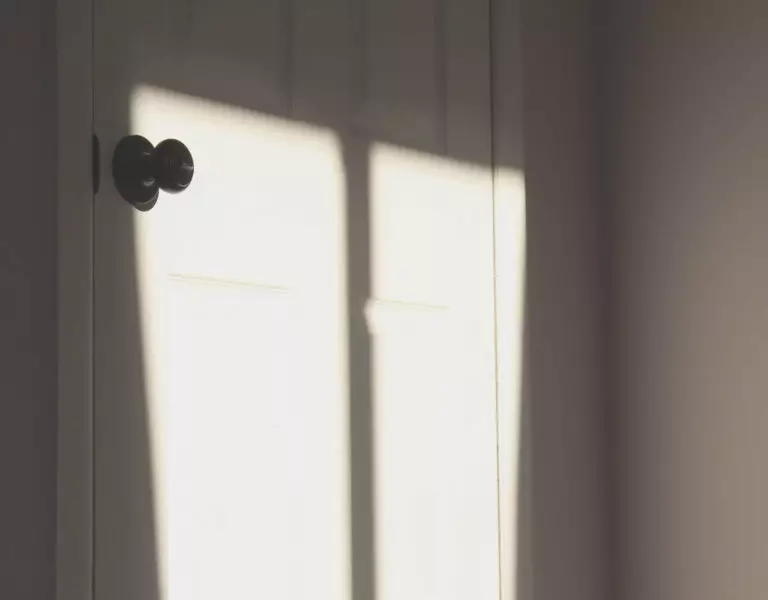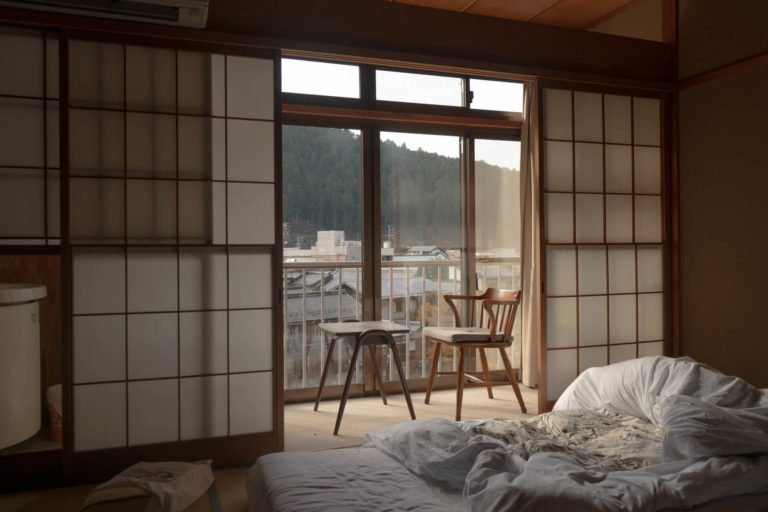
Imperceptibly, but still, with a fair amount of persistence, traditions, and trends of oriental design continue to be introduced into homes around the world. The unshakable calmness, naturalness, tranquility, and simplicity that Japanese-style interiors give allow this trend to acquire more and more fans every year around the world.
At the same time, you should note that, despite the very simplicity, severity, and a certain asceticism of such interiors, the Japanese style is highly capricious and demanding in terms of authenticity. Such a design should be sustained literally to the smallest detail, not to mention the larger-scale structural elements. One of these elements is a sliding door called shoji.
What they look like outwardly, you probably saw. Sliding doors, lattice base, thin translucent material – modern shoji practically do not differ from their “ancestors” created many centuries ago.
If you are also passionate about the idea of creating an impeccable Japanese interior in a house or apartment, it’s time to learn a little more about the features of shoji, the choice of materials, and their use in the interior.
Fusuma and Shoji: a bit of history
Japanese sliding doors boast a rich history dating back to the late 8th century AD. Up to this time, the shinden-zukuri style was characteristic of the dwellings of local aristocrats, the main principle of which was the most open and symmetrically organized space. That is why inside such houses were a single room without any static partitions. The sometimes necessary privacy was provided by linear and folding screens and bamboo blinds.
In the Heian era (794-1185), more static solutions and a tendency towards greater privacy gradually entered the interior fashion. At the same time, fusuma appeared – doors with leaves made of thick opaque paper on wooden frames. Such structures were sliding, opened, and closed along the guides made of wood, rubbed with wax for easy and noiseless sliding. Over time, fusuma also became a valuable decorative detail: they were covered with drawings and paintings, giving the interior an unconditional individuality.
Over time, luxury gradually gives way to practicality, and owners of wealthy homes need more reliable doors that can withstand severe mechanical stress and remain intact in case of earthquakes. That is why in fusuma, the solid wooden frame around the perimeter was replaced by Kumiko – light lattices made of wooden slats.
Such designs demonstrated remarkable durability without losing aesthetic properties – even though it was no longer possible to apply drawings to such doors. Gradually, similar solutions, called shoji, began to be used not only as sliding doors but also as window shutters and cabinet facades.
Eastern Eco: Shoji materials
Japanese style involves the maximum possible use of natural materials in architecture and decor, and shoji is no exception. Modern technologies and trends allow the selection of sliding doors made of aluminum profiles and bases made of polyurethane, glass, or plastic. However, designers still insist on the utmost authenticity, so try to find the “right” materials and designs if possible.
Shoji Kumiko (lattice) in Japan is made from a solid mass of linden, cedar, fir, and spruce, giving the most even color and uniform texture. However, of most significant interest is the paper with which the lattices are pasted over.
The traditional shoji solution is washi paper, made from gampi (Wikstroemia canescens) or kozo (Broussonetia papyrifera), also known as Japanese paperwood. Washi is exceptionally durable, translucent, and silky to the touch, but it is costly. Today, papers made from hemp, bamboo, as well as rice and wheat are becoming more common. In some cases, special additives and coatings are used to give the sliding doors specific properties. Depending on them, as well as the form of release, the following types of paper for pasting shoji are distinguished:
Shoji: forms and patterns
When choosing suitable doors for a Japanese-style interior, it is crucial not only to decide on the material of the sticker but also to think about which Kumiko pattern will seem most preferable to you. Perhaps this will be a real discovery for you, but there are more than 200 shoji patterns in Japan, and each of them has its meaning and history. However, we will not go too far – just talk in more detail about the most popular types of structures for Japanese sliding doors.
Mabarasan Shoji (Aragumi Shoji)
This type can be called traditional or standard. In this case, the kumiko cells have the correct square shape, and the assembly according to the tongue and groove principle is carried out rather quickly. In general, aragumi shoji is a versatile solution that will easily fit into any Japanese-style interior.
Yokoshige Shoji
This is the name of the pattern for sliding doors with horizontally elongated rectangular cells. Shoji with a similar scheme was widespread in eastern Japan. Still, today they can be used not only to convey the flavor of the Buzen province but also for purely practical purposes – for example, to enlarge the area of a room visually.
Tateshige Shoji
This pattern is very similar to the previous one – the only difference is in its “inverted” form. In this case, the rectangular cells of the lattice are extended vertically, which is typical for shoji in houses in the west of the Land of the Rising Sun. Such doors look pretty interesting and, in addition, allow you to make the ceilings a little higher, at least visually.
There are also such patterns. However, they are all variations of the above three varieties, where only the frequency and size of the cells differ. In addition, there is also the Yukimi shoji style, where non-transparent sections surround one flat panel of glass or paper. Depending on its shape and location (square, vertical or horizontal rectangle, top, side, bottom), sliding doors have different names in accordance with Japanese interior design traditions.
Shoji integration into the interior: modern ideas
Despite the respect for the traditions associated with the arrangement and decoration of dwellings in Japan, even the design direction created in the Land of the Rising Sun is not alien to minor “updates” following current world trends. We invite you to evaluate the ideas, thanks to which your Japanese-style apartment will become a successful combination of history and modern trends.
Frames to match the walls
If you strive for absolute peace and consider your home as an opportunity to be in the most relaxing and not disturbing environment, then choose doors with light Kumiko’s that perfectly match the tone of the walls. This will create an incredibly coherent and harmonious space.
Contrasting Kumiko
A solution opposite to the previous one – shoji, painted in a contrasting color in relation to the walls. Since the palette of the Japanese style is somewhat limited, this solution is usually characterized by a combination of “light background – dark doors”. Feel free to use this combination to create a precise interior rhythm and make your interior a little more lively and catchy.
Drawing
If the first shoji usually assumed the maximum laconicism, today, the drawing on Japanese sliding doors is by no means uncommon. As a rule, these are traditional motives – sakura branches, Fuji views, or bamboo. Depending on the saturation of the pattern, such doors look like a catchy accent or as a harmonious, complementary note.
Japanese sliding doors: Conclusions + Photo Gallery
Shoji is the most must-have for a Japanese-style interior. It may take time and money to get your designs out of authentic materials and the design you want. However, believe me, you will know that the wait was worth it when you see your perfect interior.
